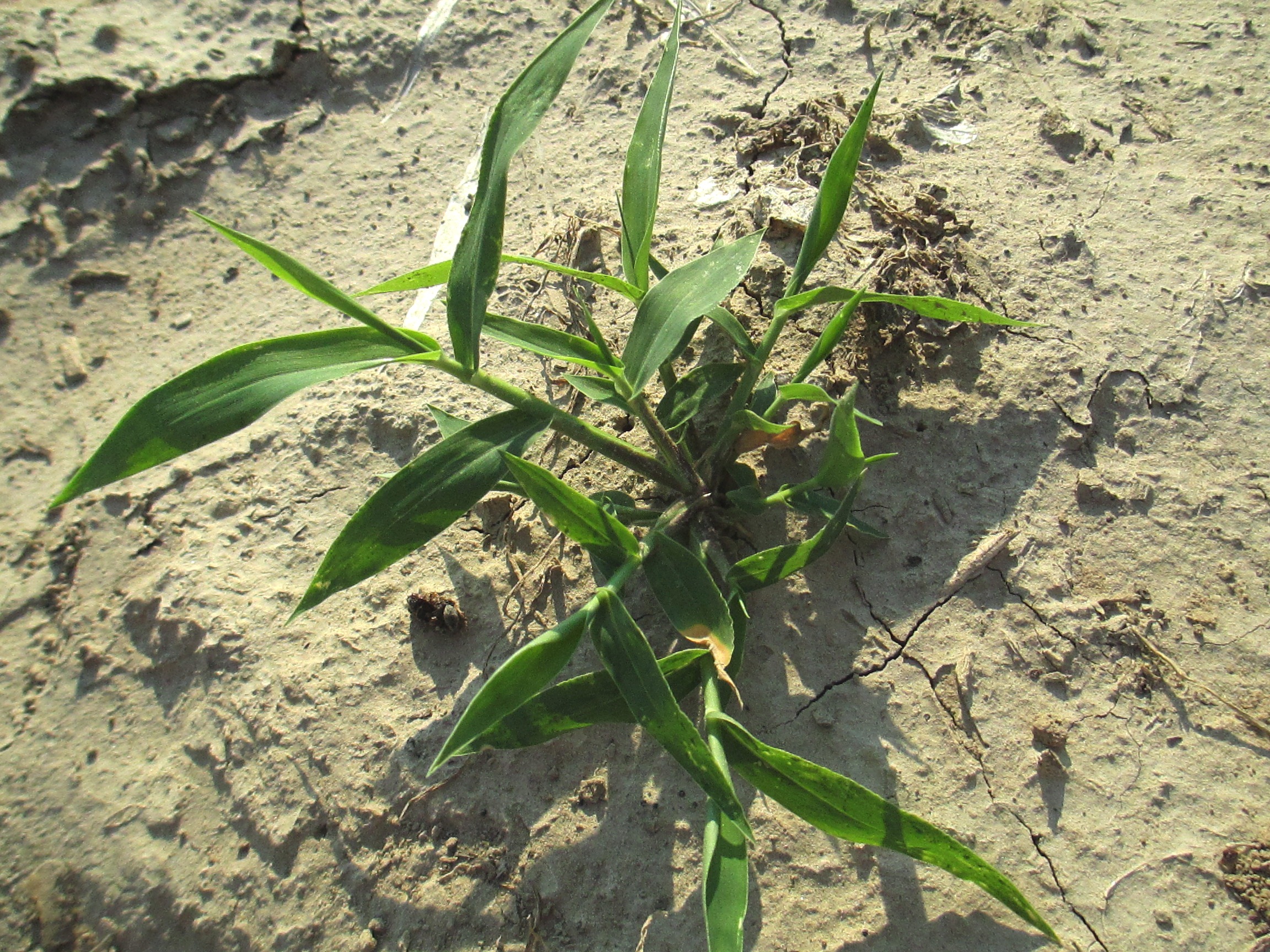Brown top millet plant, a remarkable cereal grain, stands out as a nutritional powerhouse, offering a myriad of health benefits and culinary versatility. Its cultivation, dating back centuries, has played a pivotal role in sustaining populations worldwide, making it a cornerstone of many traditional cuisines.
Delving into the botanical intricacies of brown top millet, we uncover its scientific classification and genetic diversity. Its distinct morphology, encompassing roots, stems, leaves, flowers, and seeds, reveals adaptations that have enabled its thriving in diverse environments. Understanding these characteristics is essential for optimizing cultivation practices and ensuring sustainable production.
Botany and Taxonomy

Brown top millet (Urochloa ramosa) is a warm-season, annual grass belonging to the Poaceae family. It is widely cultivated in tropical and subtropical regions, particularly in Africa and Asia, for its nutritious grains and fodder value.
Scientific Classification, Brown top millet plant
- Kingdom: Plantae
- Division: Magnoliophyta
- Class: Liliopsida
- Order: Poales
- Family: Poaceae
- Genus: Urochloa
- Species: Urochloa ramosa
Morphology
Brown top millet exhibits a tufted growth habit, with multiple erect or decumbent stems reaching heights of 30-120 cm. The stems are slender and glabrous, with reddish-brown nodes.
The leaves are linear, with a length of 10-30 cm and a width of 5-15 mm. They are glabrous or slightly hairy, with a distinct midrib and parallel veins.
The inflorescence is a panicle, consisting of numerous spikelets arranged in clusters. The spikelets are small and oval, measuring 2-3 mm in length. Each spikelet contains 1-2 florets, which develop into small, round, brown seeds.
Genetic Diversity and Origin
Brown top millet exhibits considerable genetic diversity, with numerous landraces and cultivars adapted to different agro-ecological conditions. The center of origin for brown top millet is believed to be in West Africa, from where it has spread to other regions through human cultivation.
Cultivation and Agronomy: Brown Top Millet Plant

Brown top millet, a versatile crop, thrives in specific environmental conditions. Its cultivation practices involve meticulous soil preparation, planting techniques, irrigation management, and fertilization strategies. Furthermore, understanding the common pests and diseases that affect brown top millet is crucial for effective crop protection.
Optimal Environmental Conditions
Brown top millet flourishes in well-drained soils with a pH range of 5.5 to 7.5. It prefers warm temperatures, ranging from 25 to 30°C, and requires ample sunlight for optimal growth. Adequate rainfall or irrigation is essential, particularly during the early stages of plant development.
Cultivation Practices
Soil Preparation
Prior to planting, the soil should be thoroughly tilled to a depth of 15-20 cm. This allows for proper aeration and root penetration. Removing weeds and incorporating organic matter, such as compost or manure, enhances soil fertility and water retention.
Planting
Brown top millet is typically sown in rows, with a spacing of 30-45 cm between rows and 10-15 cm within rows. The seeds are planted at a depth of 2-3 cm, ensuring proper soil coverage.
Irrigation
Regular irrigation is essential, especially during the early stages of growth and during flowering. The crop requires approximately 500-600 mm of water throughout its growing season. Avoid overwatering, as it can lead to root rot.
Fertilization
Fertilization is recommended to supplement soil nutrients and enhance crop yield. A balanced fertilizer, containing nitrogen, phosphorus, and potassium, is applied at the rate of 50-60 kg/ha.
Pests and Diseases
Brown top millet is susceptible to a range of pests and diseases. Common pests include stem borers, aphids, and grasshoppers, which can cause damage to leaves, stems, and grains. Diseases such as blast, smut, and downy mildew can also affect the crop, leading to reduced yields and quality.
Integrated pest management strategies are crucial to minimize crop losses. These include crop rotation, resistant varieties, biological control, and judicious use of pesticides.
Nutritional Value and Health Benefits

Brown top millet is an ancient grain that offers a rich nutritional profile. It is a good source of dietary fiber, protein, iron, magnesium, and phosphorus. Brown top millet is also a low-glycemic index food, which means that it releases sugar slowly into the bloodstream, helping to regulate blood sugar levels.
Potential Health Benefits
Consuming brown top millet has been linked to several potential health benefits, including:
- Managing diabetes: Brown top millet’s low glycemic index makes it a suitable food choice for people with diabetes or at risk of developing it. It helps to control blood sugar levels and reduce insulin resistance.
- Reducing cholesterol levels: Brown top millet contains soluble fiber, which can help lower cholesterol levels by binding to cholesterol in the digestive tract and preventing its absorption into the bloodstream.
- Promoting digestive health: The insoluble fiber in brown top millet helps to promote digestive regularity and prevent constipation. It also supports the growth of beneficial bacteria in the gut.
Dietary Recommendations
Brown top millet can be incorporated into a balanced diet in various ways. It can be cooked as a porridge, added to soups and stews, or used as a flour for baking. A recommended serving size of brown top millet is about 1/2 cup cooked or 1/4 cup dry.
